James Cooper has worked in several studios including Topix and Spin VFX before joining Mr. X. He has participated in films like RESIDENT EVIL: AFTERLIFE, HANNA or THE THREE MUSKETEERS.
What is your background?
I started in design and compositing and then moved into directing mainly for commercials and music videos before winding up a senior compositor and visual effects supervisor here at Mr. X.
Mr. X have collaborated on many David Cronenberg movies. How was this new collaboration?
Fantastic, as always. David, as well as being an amazing director, auteur and agent provocateur, is incredibly open and approachable on the visual effects front. He knows exactly what he wants, which in itself makes our lives so much easier, but is also very collaborative as to how we get there.
What was his approach about the VFX?
Because we had an established relationship he trusted us completely as to how to execute the effects. He had very specific ideas about the monitor designs and which driving backgrounds went where but left most of the technicalities to us.
What have you done on this movie?
We executed 385 vfx shots on COSMOPOLIS. The vast majority were driving composites where plates were shot inside the limousine with greenscreen outside the windows and we composited in matched perspective plates of Toronto standing in for New York City. In addition to that we also created content of both a graphic and live action nature for the various monitors inside the limo and some gunshot and knife wounds.
The movie features a huge amount of driving composites. Have you developed a specific methodology for these shots?
Yes and no. We did have a methodology for the driving composites however it was not developed specifically for this movie but adapted from the wealth of experience we have accumulated compositing these types of shots in the past.
How were filmed and organized all these backgrounds?
For each sequence inside the limo, background plates were shot on camera car driving through different locations in Toronto matching the angles from the performance footage. Because of the many different angles we could not match each of them exactly so we shot angles that could be manipulated into working for more than one performance angle and digitally adjusted them to work for each specific shot. All the background plates were then organized in our pipeline database with their respective performance sequences.
Have created some previz for the driving composites?
No there was no previzualization required for COSMOPOLIS.
Sometimes Eric Packer occults the windows limo. Was there an on-set effect or is it your work?
It was a combination of both, actually. Initially that was to be a practical effect but David wanted to have options as to when the windows became fully opaque and when they returned to tinted transparency. To this end he shot the parts of the sequences where he was certain they would be opaque practically but left numerous shots on the front and back end of those shots as greenscreen. This allowed him much more control as to the timing of when the windows fell into darkness and for how long and gave us references as to what they would look like fully darkened.
What references and indications did you received for the limo screens?
The production design team pulled many different references of stock market screens but also other data mining graphical interfaces and elements that seemed technically cool and relevant. They also created a number of preliminary designs according to David’s vision of what Eric’s high tech monitoring system might look like.
Can you tell us about the design of the various screens inside the limo?
The character of Eric sees much more than just price and volume variations. He has a unique ability to look at the many different patterns that the volatility of the stock, commodity futures and money markets generate, analyze them and predict where they will end up in the near future. Keeping that in mind we started with the production design references and adapted them, adding our own design elements and animations to create more visually interesting screens than might normally be seen on a trader’s monitor.
How did you create all these animations?
The designs were all created initially in Adobe Photoshop and then imported into After Effects where the animations were created. These were then brought into Nuke where they were composited into the various monitors matching the lighting and perspective in the scene.
Can you explain to us the shot in which Eric shots in his hand?
Well, in terms of visual effects I can. For motivation you’ll have to talk to Mr. Cronenberg. Apparently Robert Pattinson and his handlers balked at the thought of doing this as a practical effect so he just pointed the (unloaded) gun at his hand and pulled the trigger. We added the muzzle flash, smoke, wound and blood splatter in compositing.
Have you created some matte-paintings?
All the driving backgrounds were live action plates but we did do some matte paintings of the NYC skyline for a few of the street protest scenes.
Is there an invisible effect you want to reveal to us?
A particularly challenging shot has Eric entering an alleyway on a mission to confront his stalker. We needed to replace the building at the end of the lane way for continuity purposes but Eric passes through a chain link gate which is left swinging behind him. And, of course, the camera is moving as well. Production did not have a green screen big enough to cover the entire entrance to the lane way so we rotoscoped the gates, put them on cards in 3D space, tracked the camera and animated the roto to match the actual gate. All in all a very tricky shot.
Have you developed specific tools for this show?
I think a good effects house develops specific tools for every show.
What was the biggest challenge on this project and how did you achieve it?
Well, of course, making the driving shots believable was a challenge, particularly since David has a slightly surreal aesthetic even in his more, shall we say, realistic films. I’m not sure that he wanted the cityscape outside to feel too real. I would say the biggest technical challenge was in the keying. He wanted to shoot the interior of the limo with tinted windows in place in very low light. This presented some challenges in that the green screen luminance was considerably less than optimal and, because of the high ISO needed to shoot in such low light, was much grainier than ideal as well. Of course we wanted to keep every hair on everyone’s head in the keys so we spent a lot of time finessing them.
Was there a shot or a sequence that prevented you from sleep?
Perhaps the western economist having his eye stabbed out on North Korean television? From a technical perspective the gate shot and there was another interior limo shot which executes a slow, near 180 degree pan from one side of the limo to the other so matching the background move and perspective on that one was a challenge.
What do you keep from this experience?
That it’s a distinct pleasure to work with a director who knows exactly what they want and can communicate that effectively. That and we all learned a few more things about pulling good keys.
How long have you worked on this film?
We started working on the graphic treatments for the screens in July. The majority of the work commenced in the beginning of September and we delivered the film by December 16th.
What was the size of your team?
32 people in total including the production crew – with the majority of the team from compositing
What are the four movies that gave you the passion for cinema?
Only four?!
There are probably a hundred at least. In chronological order of my viewing them; STAR WARS, ALIEN, THE GODFATHER and RAGING BULL. And APOCALYPSE NOW and GOODFELLAS and BLADE RUNNER and MIDNIGHT EXPRESS and BONNIE AND CLYDE and 2001: A SPACE ODESSY and JAWS and BRING ME THE HEAD OF ALFREDO GARCIA and A FISTFULL OF DOLLARS and THE GREAT ESCAPE and THE DIRTY DOZEN and THE EXOCIST and THE SHINING and…
A big thanks for your time.
// WANT TO KNOW MORE?
– Mr. X: Official website of Mr. X.
Note: Production: Prospero Pictures & Alfama Films, Producers: Martin Katz and Paulo Branco and distributed by Entertainment One.
© Vincent Frei – The Art of VFX – 2012


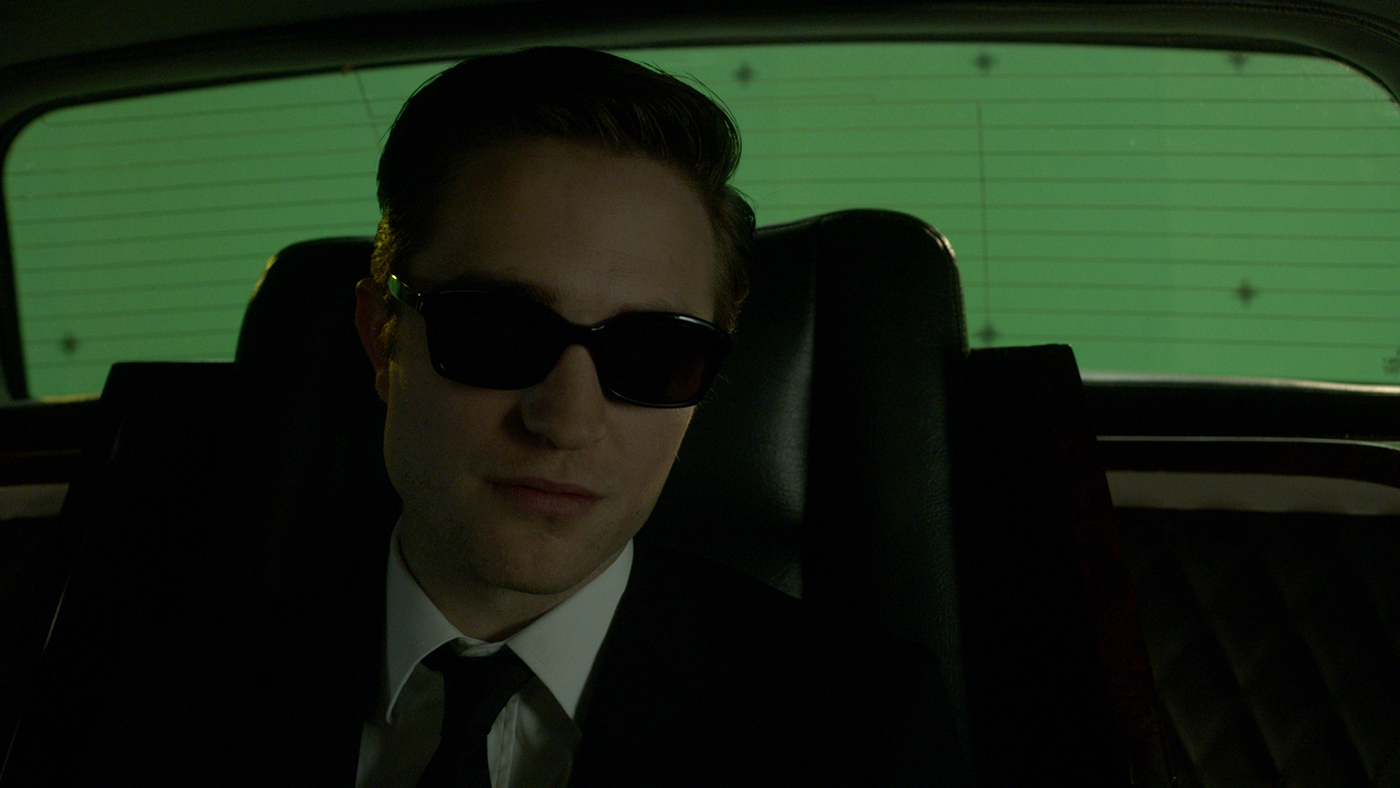
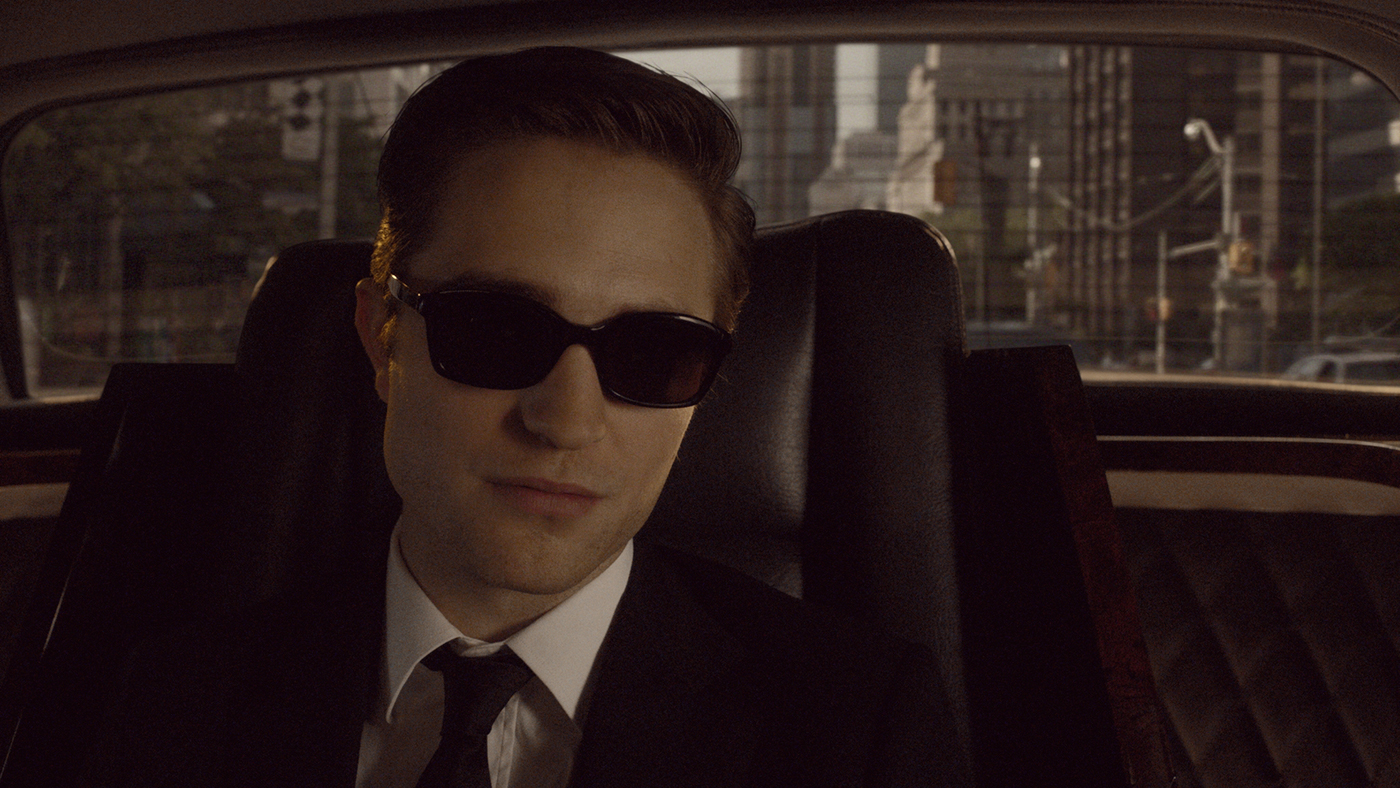

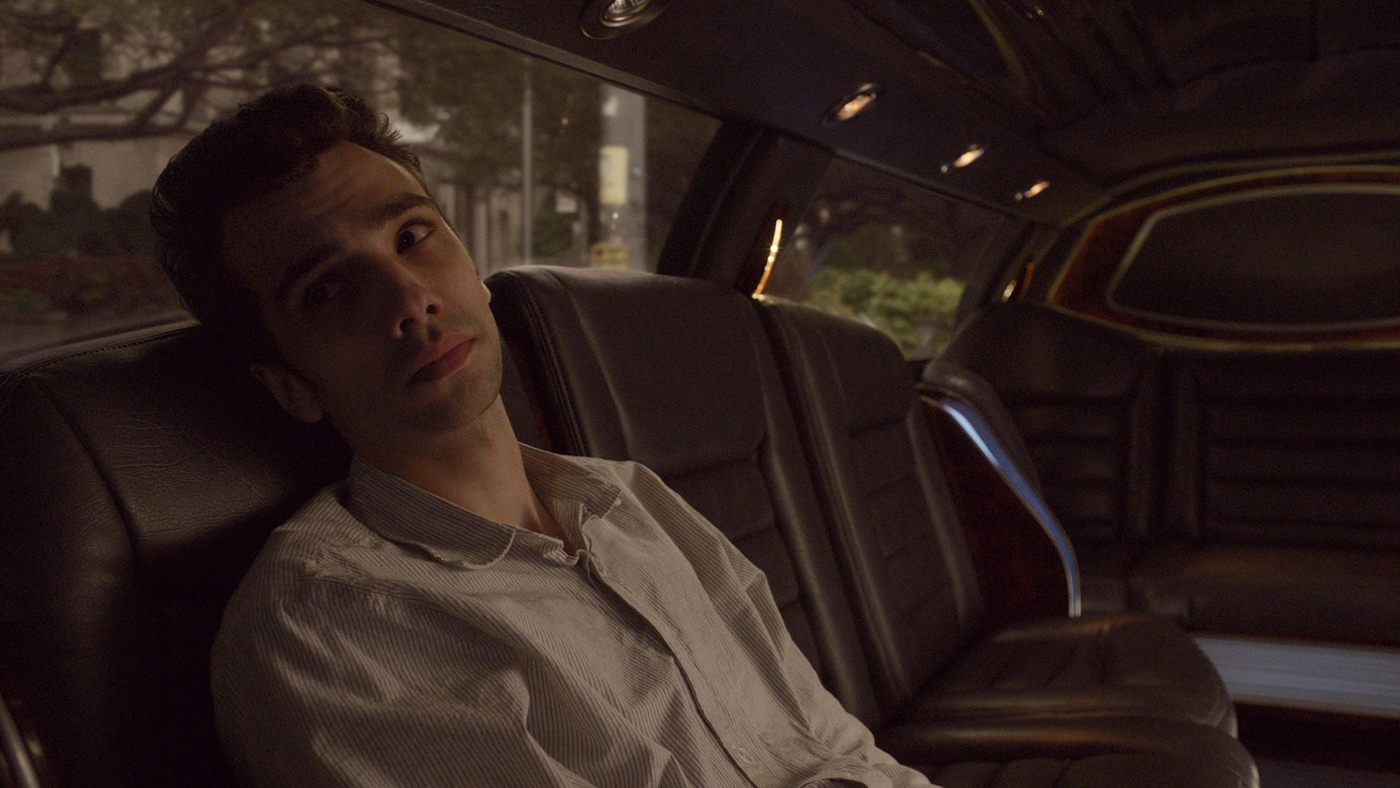
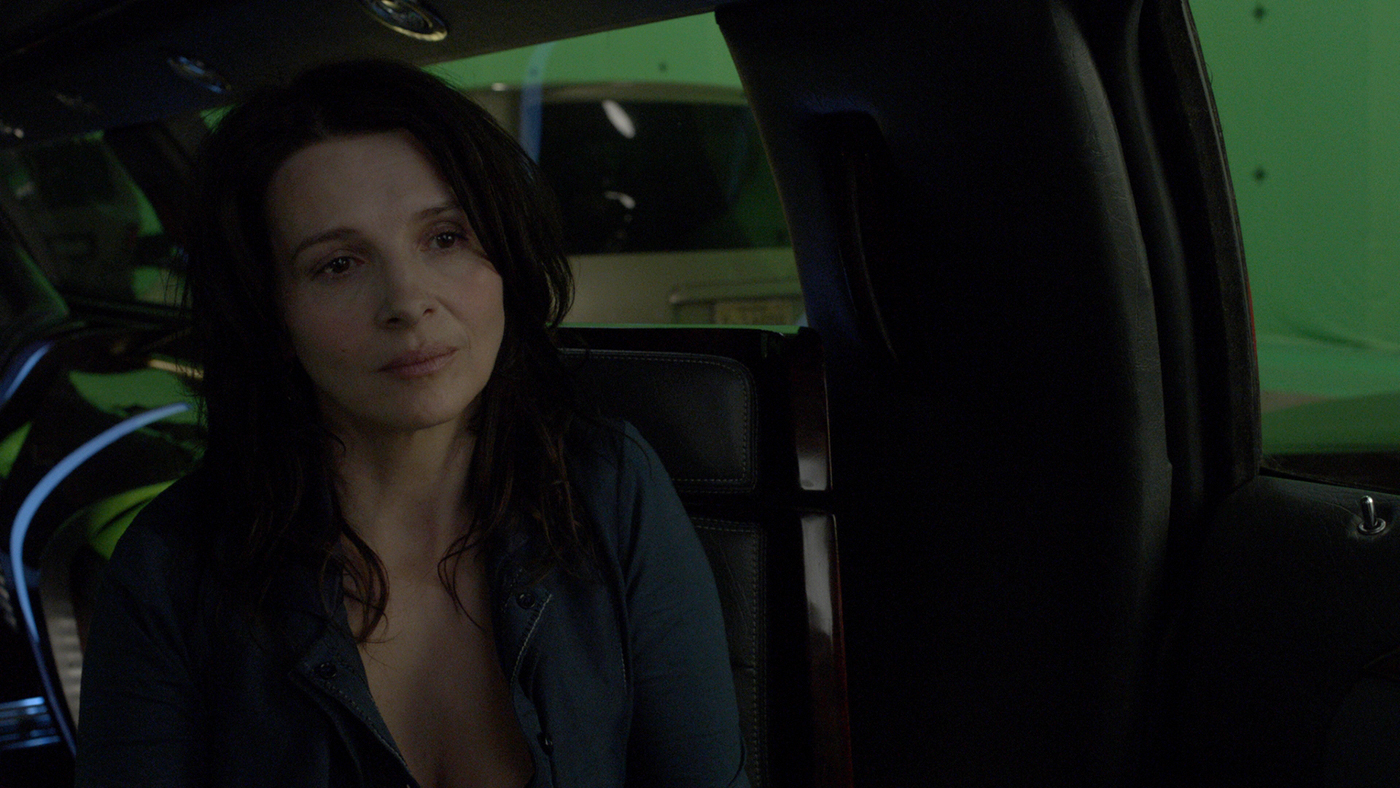
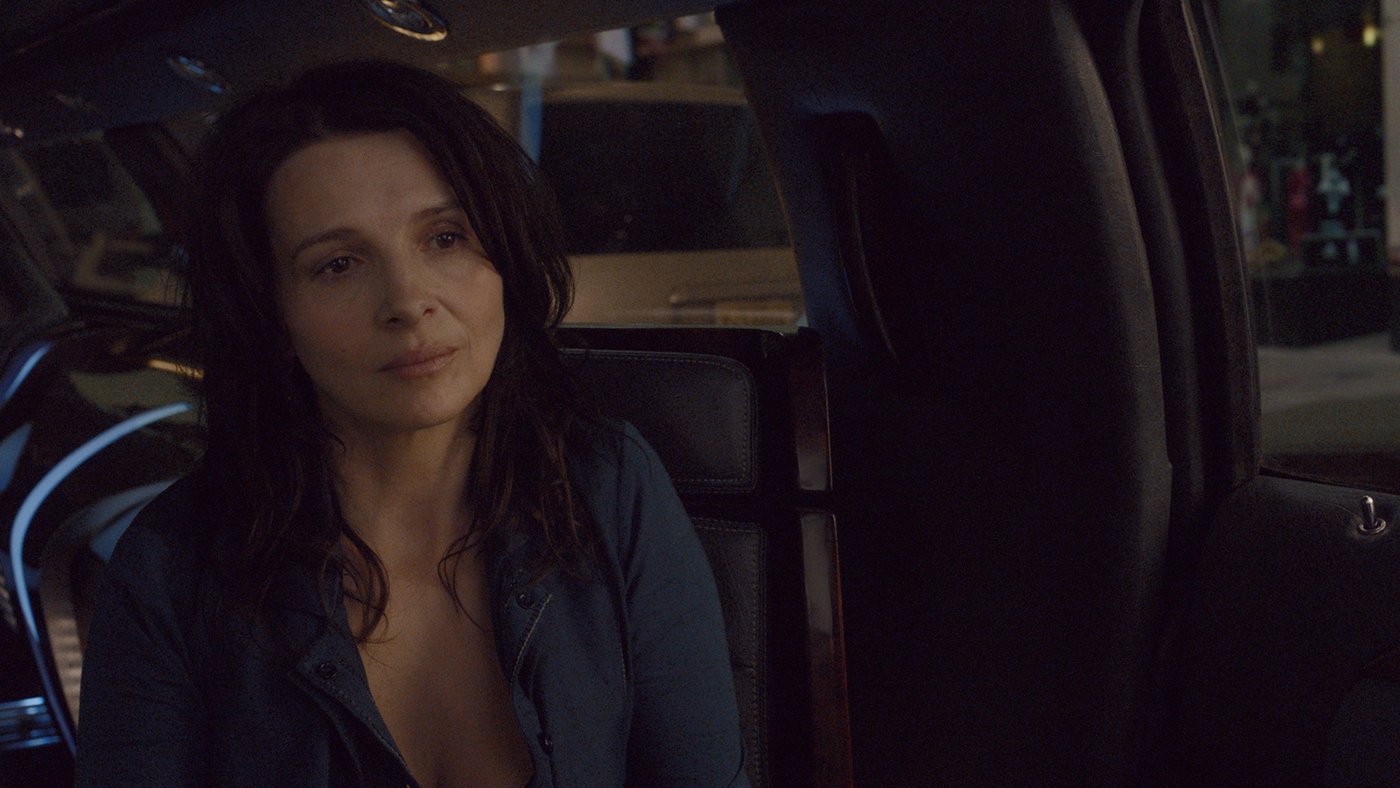
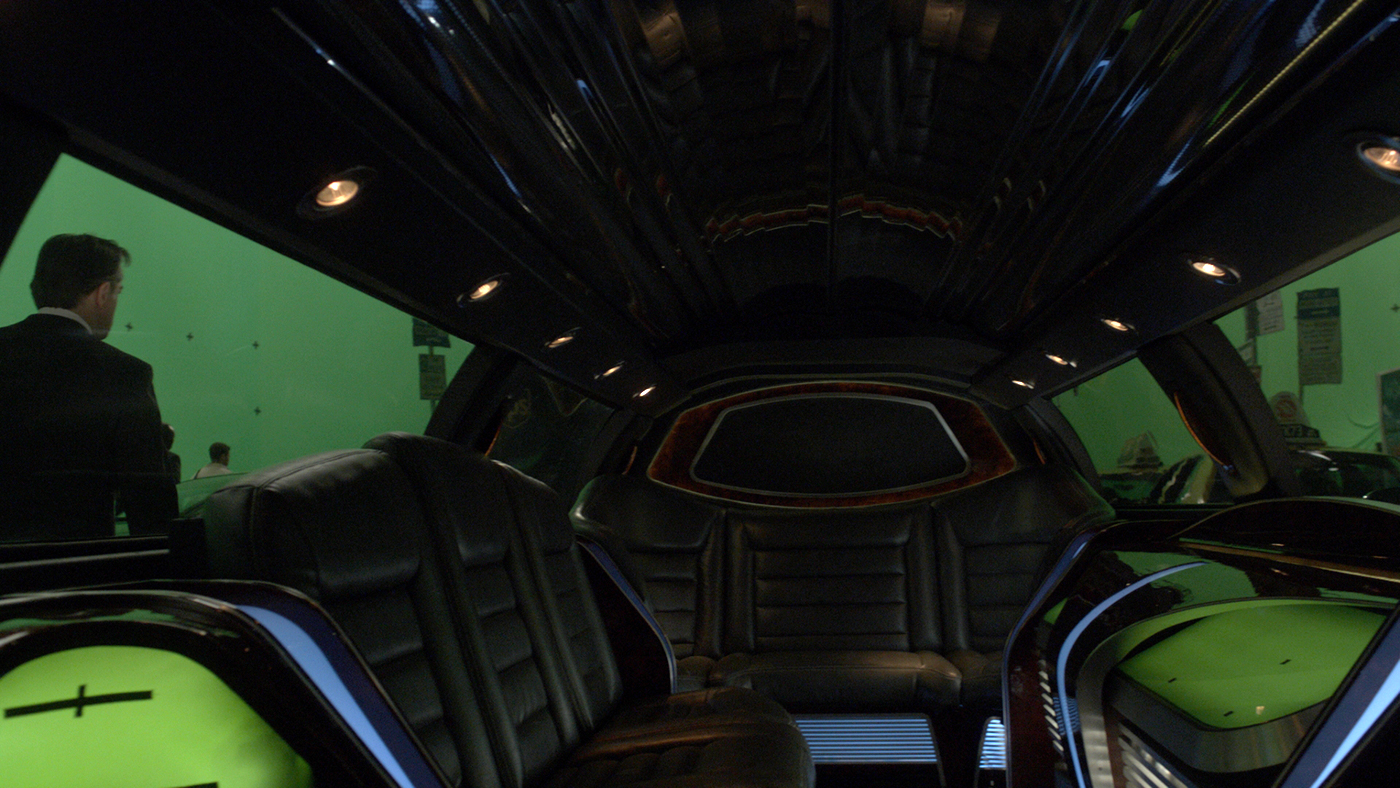
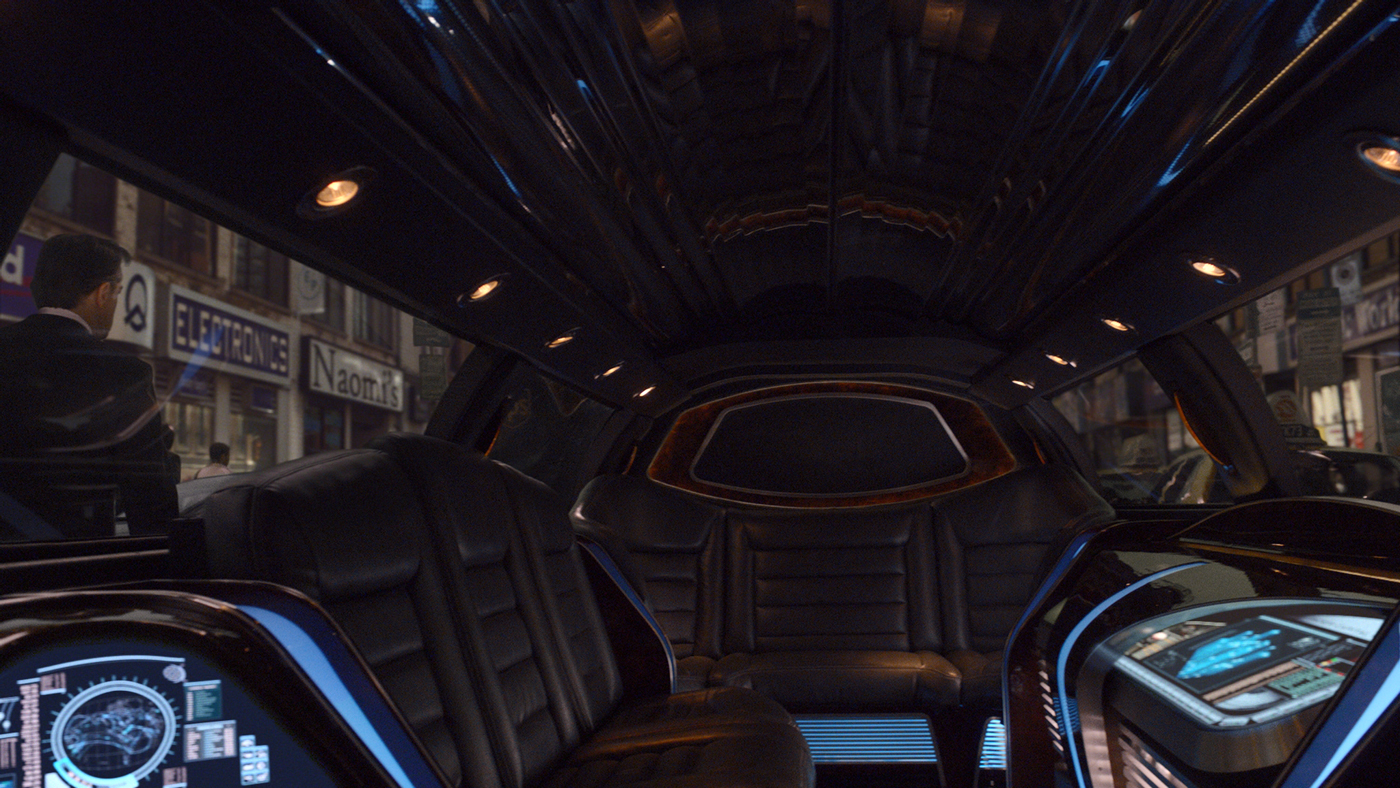

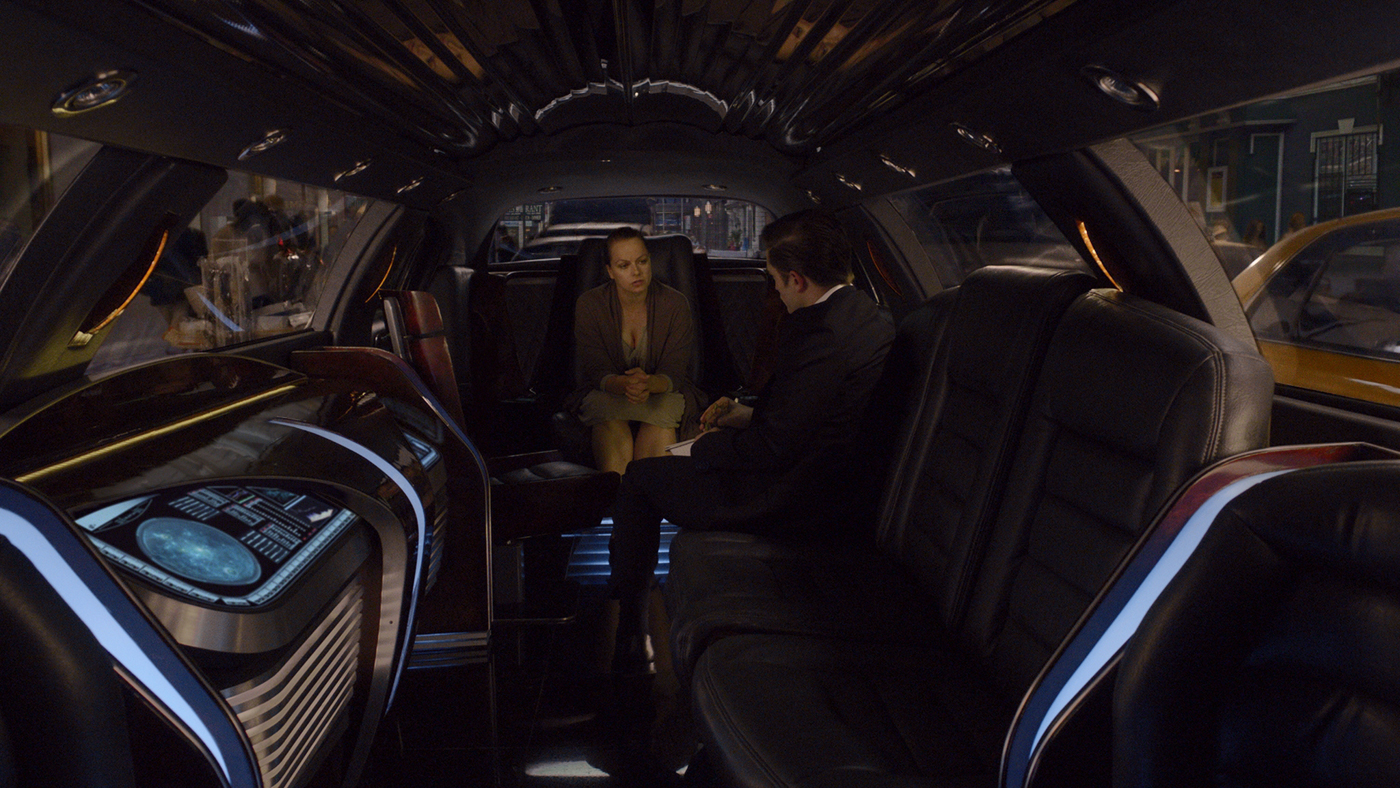

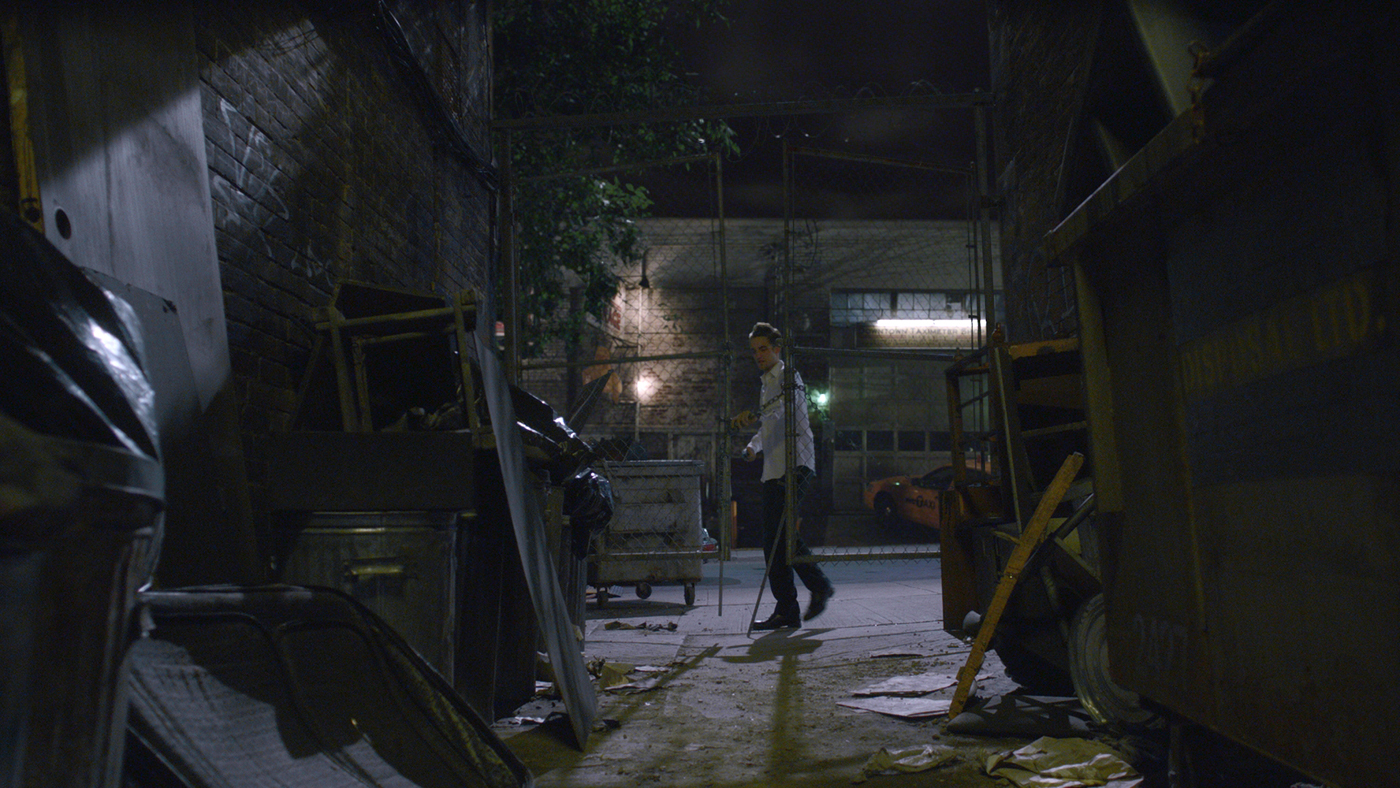
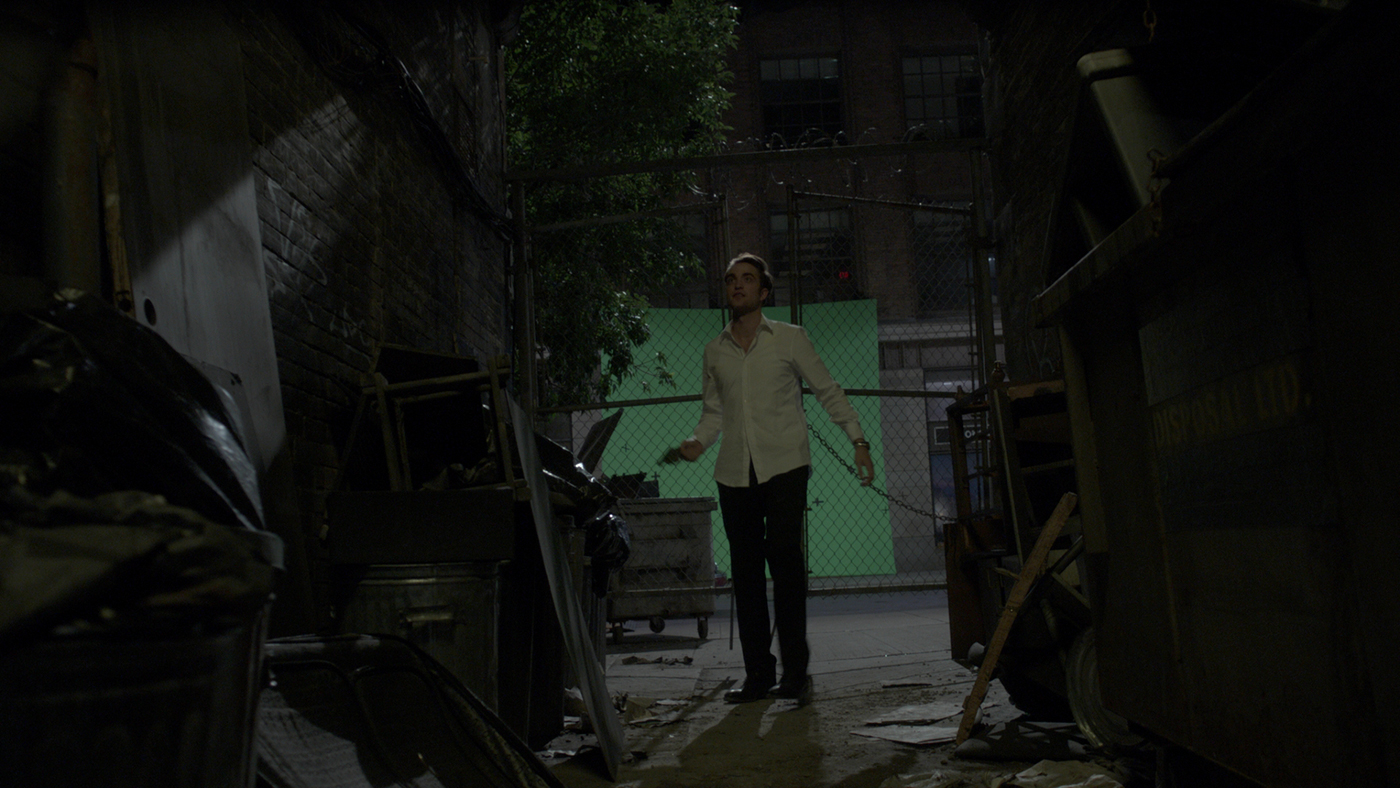
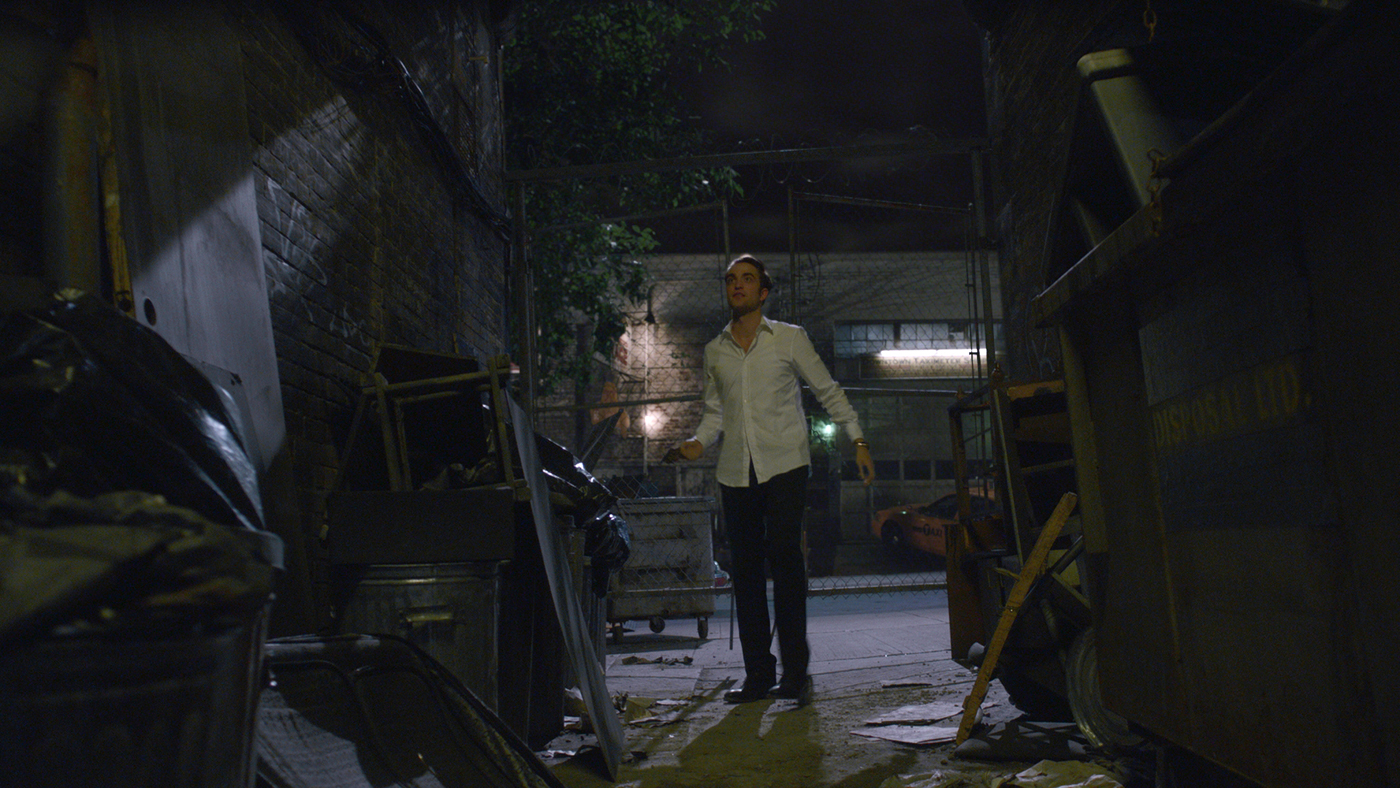
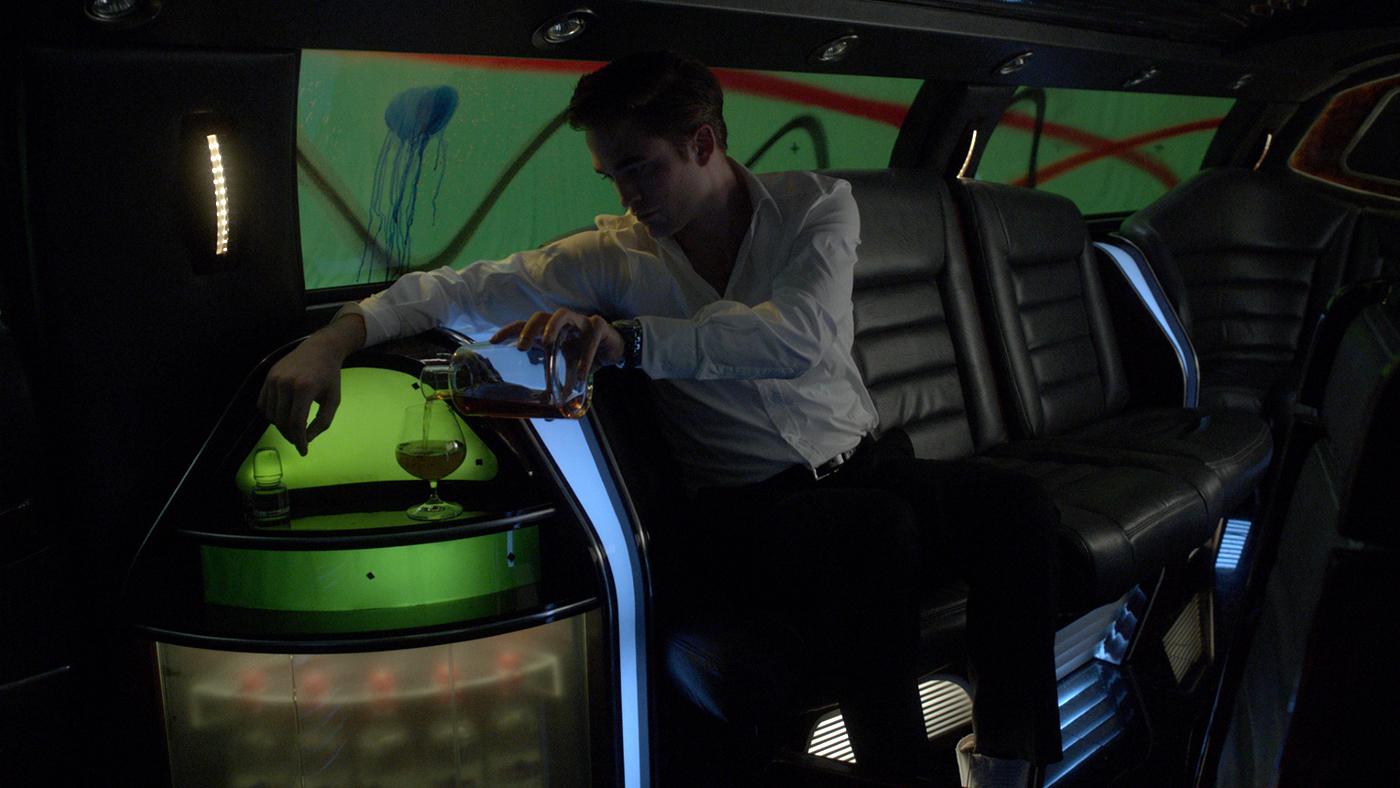
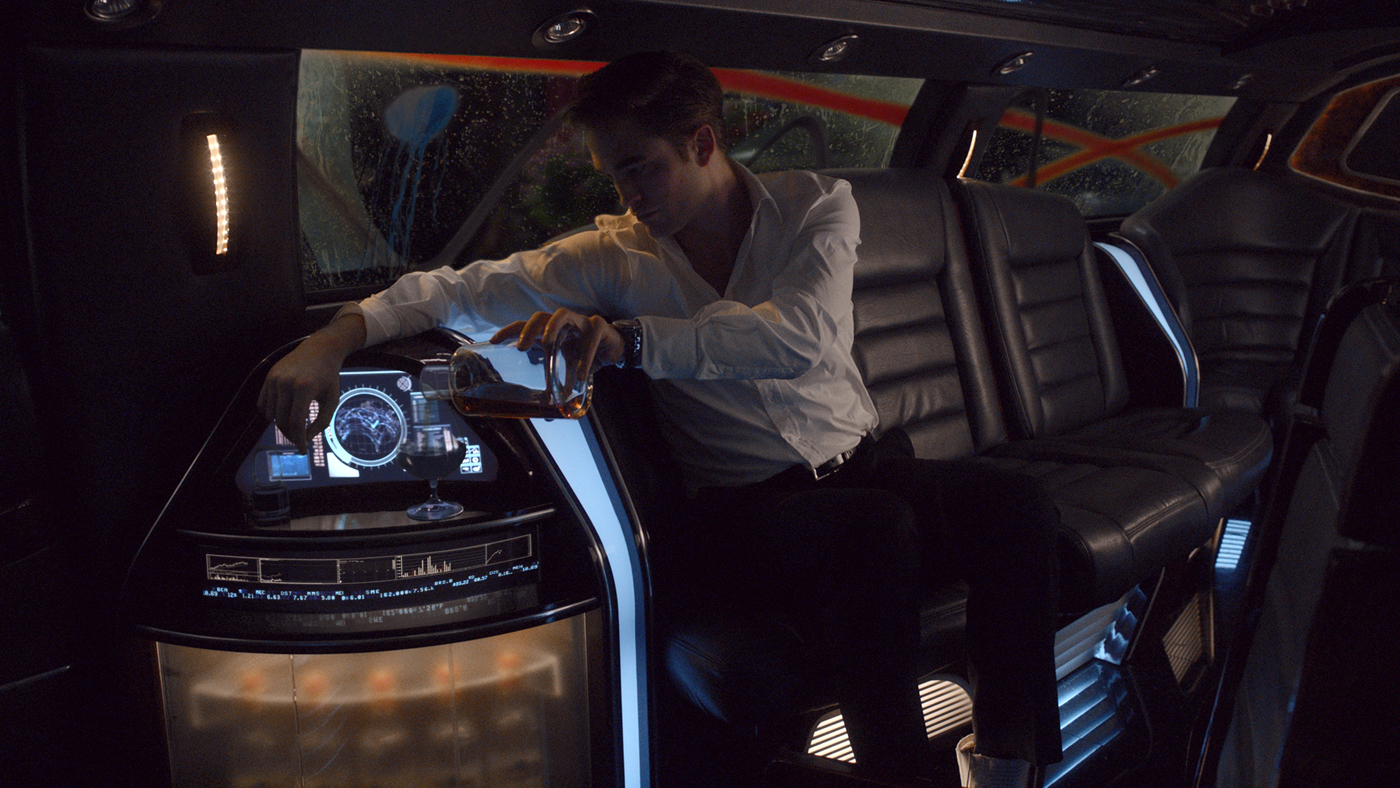





I saw the film and was bored, but now I wish I had read this very insightful interview before entering the theatre…
Thanks Vincent.